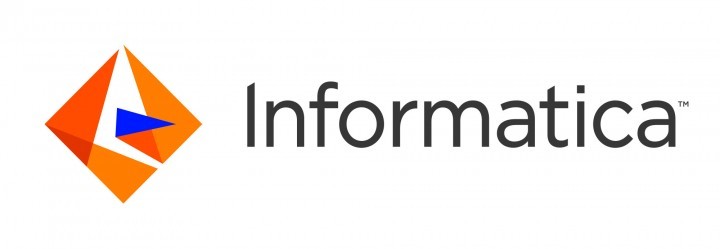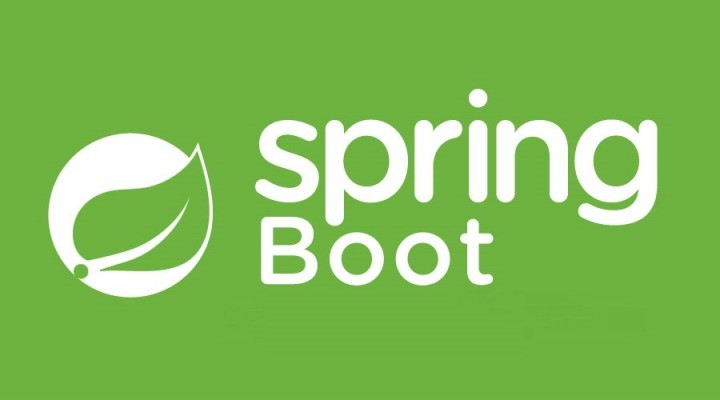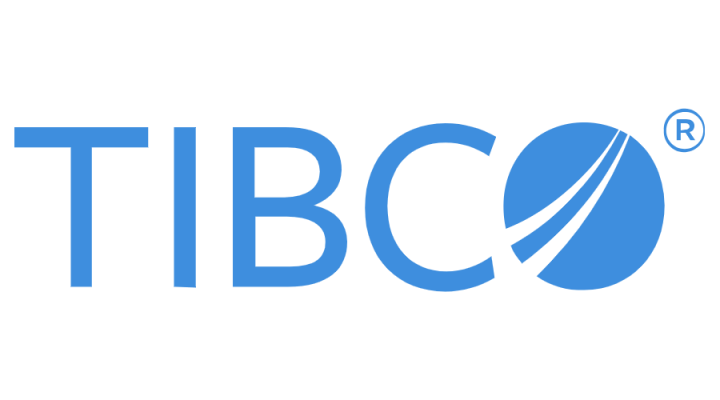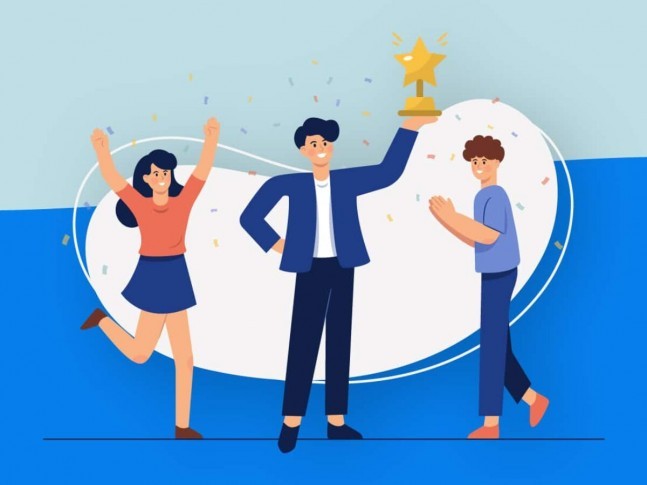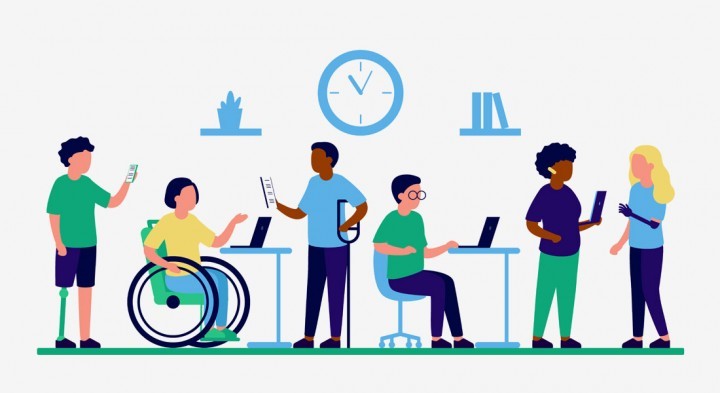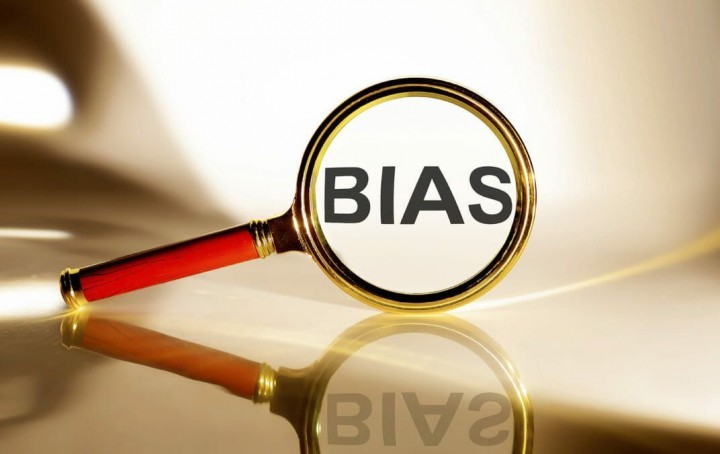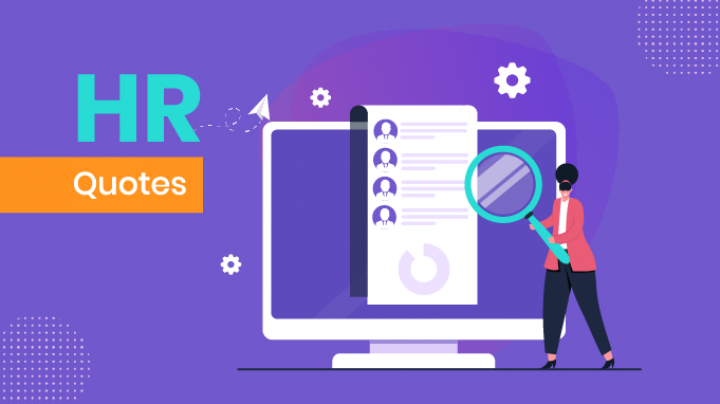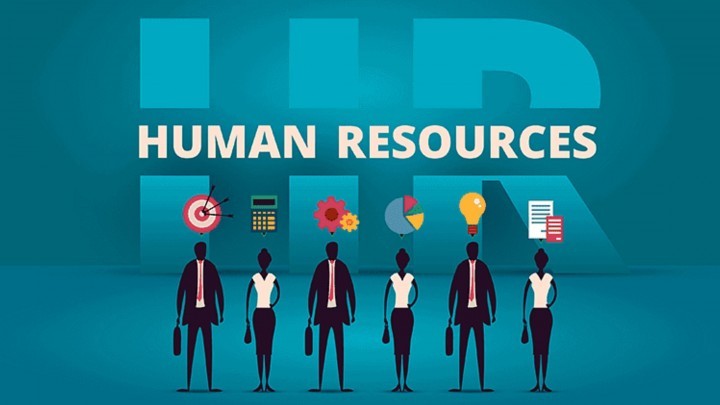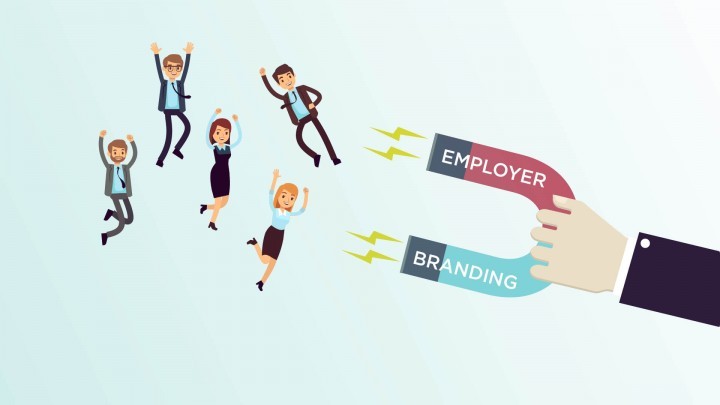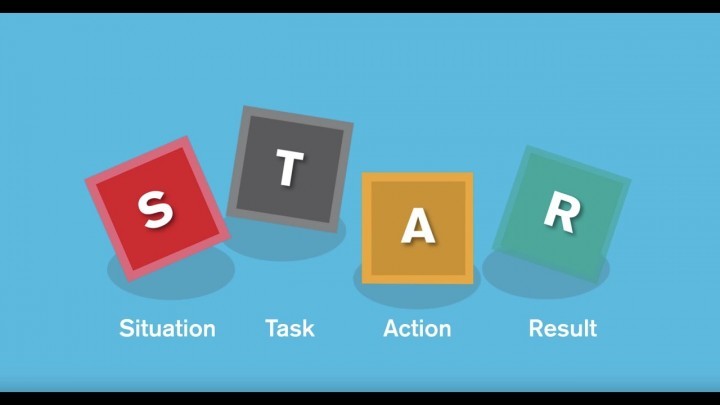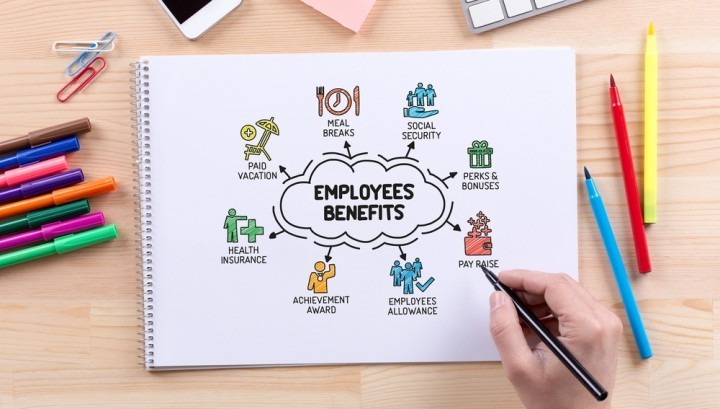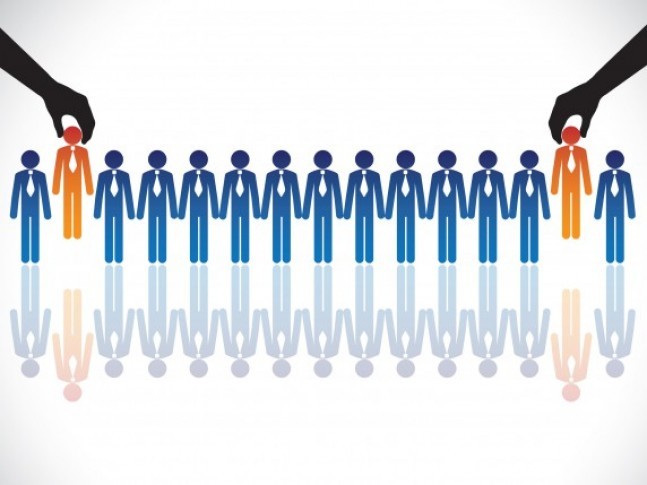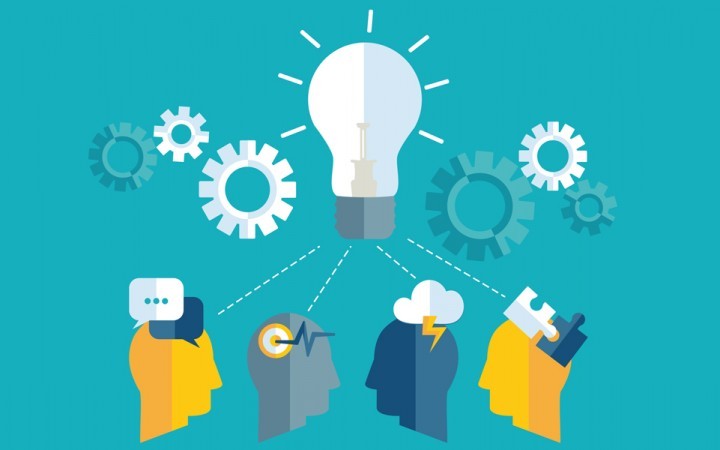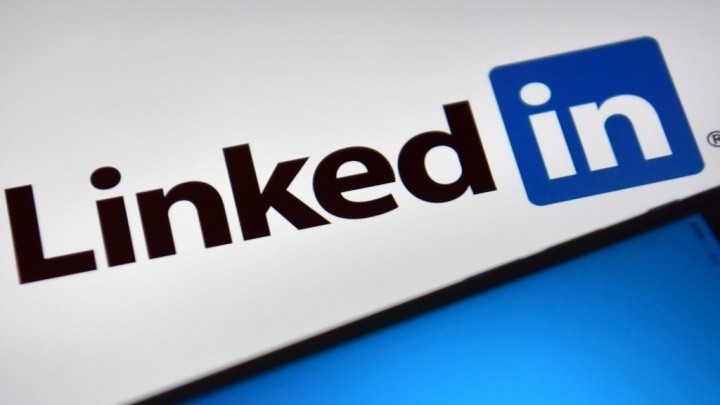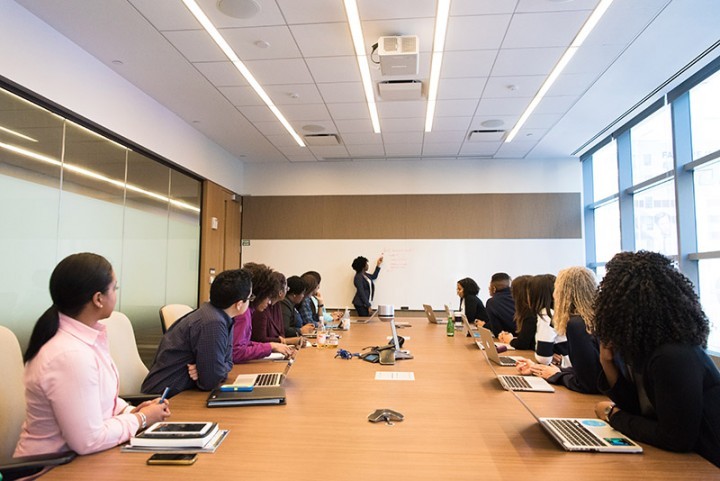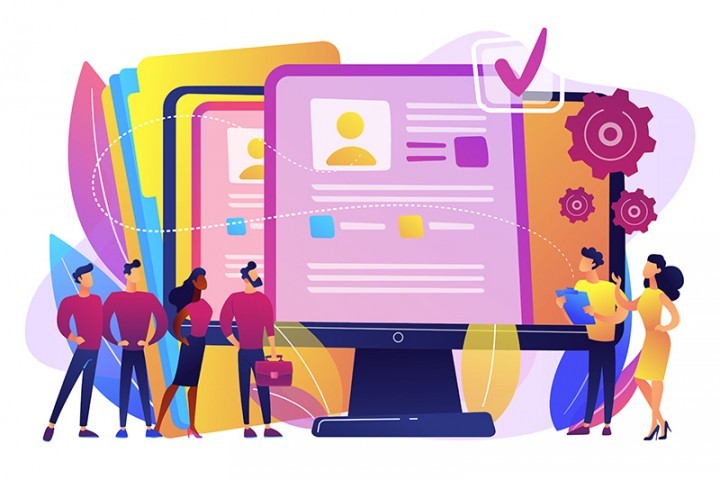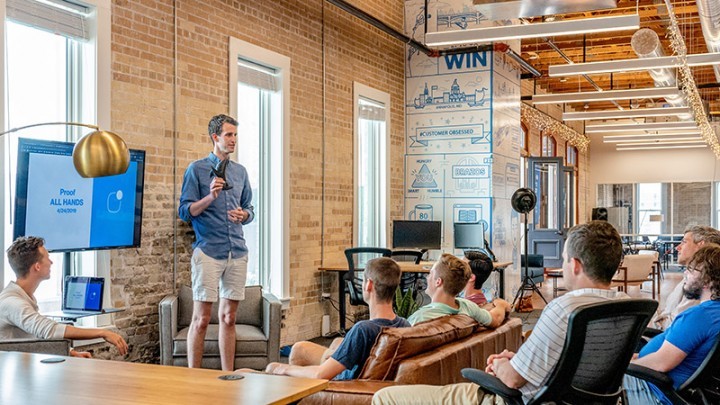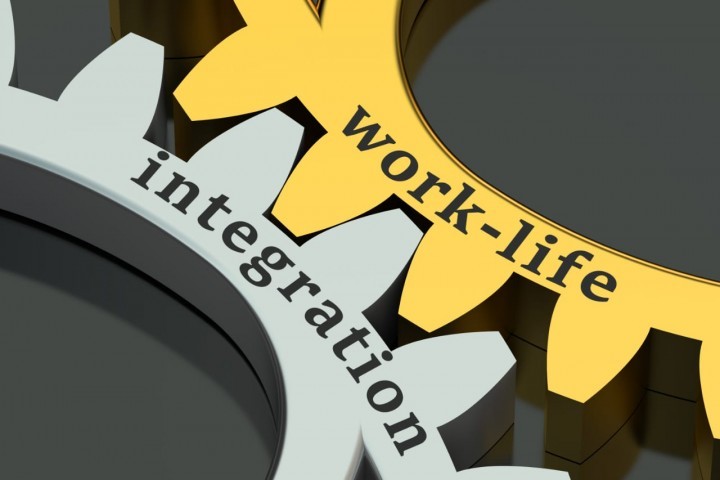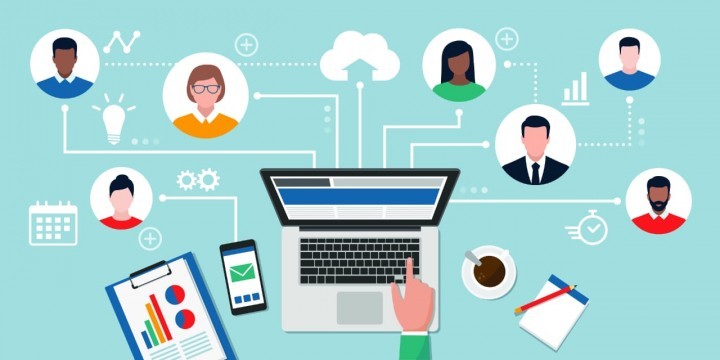
How to Address Workforce Skill Gap?
You want your employees to perform at their best but acknowledge that not every employee has all of the necessary skills — a skill gap if you will.
A skill gap is a difference between the skills you need your employees to have and their current skills.
It's no secret that organizations today are struggling to find the right talent to fill jobs. With rapid technological advancements, workers' skills are becoming outdated faster than ever before.
What Is a Skills Gap?
A skills gap is when your employees need a specific skill to achieve a specific level of performance, but they lack some of the necessary abilities and knowledge to reach that performance level.
The world of work is quickly changing and employees require a lifetime of continuous learning to keep up. But many organizations aren't providing the learning environment needed to tackle the workforce skills gap. Millennials, who represent nearly half of the workforce, place a high value on learning, yet 42 percent say they are likely to leave their current job because they aren't learning fast enough.
To keep up with the changes happening in the workforce, organizations must train employees for the future. But that doesn't mean honing in on a highly specialized set of skills for a position that may soon no longer exist—rather, organizations should help their workers build comprehensive skill sets that are applicable to a variety of roles that will eventually be in high demand. That means placing a heavy focus on soft skills such as adaptability, culture fit, and collaboration.
With the rise of automation, robotics and artificial intelligence, essential human skills such as empathy, strategic decision making, emotional intelligence, and ethical thinking will become critical as employees increasingly work in tandem with machines. Leaders must work together and share the same vision in order to successfully prepare their teams for the future of work. Leaders should meet to share their predictions about the skills that their company will need over the next two to five years, consider how those skills will support business growth, and create a plan that will align talent management, training and culture to help achieve those goals. By looking beyond, the resume and hiring with these forward-looking skills in mind, organizations can build a future-proofed employee base.
In order to close the skills gap and provide existing employees with the knowledge they need to successfully navigate their careers; employers must prioritize learning development programs that enable employees to refresh or gain new skills. Here's how they can do it.
Identify Skills Gaps Early: Before investing in a learning platform, start by identifying which skills employees lack. A skills gap analysis can help pinpoint essential skills, compare them to the skillsets of current employees and diagnose gaps. Current skill levels can also be measured through surveys, assessments, employee interviews or feedback from performance reviews. With data in hand, companies can then develop an appropriate training approach that facilitates continuous skills development in a business.
Create a Learning Culture: Even the most innovative learning program won't go far if employees don't recognize its value in it. By creating a learning culture and an environment that welcomes knowledge-seeking, companies can help employees feel comfortable about self-improvement. Plus, at organizations with strong learning cultures, employees are 37 percent more productive. These companies are also 58 percent more likely to have candidates in their talent pipeline with skills to meet changing marketplace needs, and 32 percent more likely to be the first to market with an innovative solution.
A strong learning culture starts at the top, with company values dedicated to knowledge and improvement. The best way to ensure that this culture permeates the entire organization, however, is to align learning with strategic goals, and show how it makes a difference in the business.
For example, by using predictive analytics tools, HR teams can demonstrate how addressing employees' weaknesses and areas of potential through learning and development can lead to longer-tenured, higher-performing employees, which benefits the company in the long run.
Promote Continuous Learning: In order to build top talent from within, improve retention rates and develop strong leaders, organizations must provide employees with continuous learning opportunities. New hires should receive training that sets them up for success in their current position and tenured employees should participate in up-skill training that prepares them to take on a new project or work towards a promotion.
Increase engagement in learning by investing in new technology and fresh approaches, such as video and mobile learning tools, microlearning and personalized learning paths. In a continuous learning environment, employees will feel empowered to experiment, actively participate in their own professional development and share knowledge across departments.
Assess Progress and Improve: It can be difficult to demonstrate the return on investment (ROI) of learning programs, which is why companies are sometimes reluctant to budget for them. But remember, an investment in learning ultimately benefits your organization. Skill development is key for business growth and sustainability, and the right learning solution will help close skills gaps, increase productivity and improve business outcomes.
To deliver ROI to both company leaders and employees, track how your learning program affects specific business outcomes such as employee productivity, retention, and time to promotion. And as technology and skill requirements continue to evolve, keep evaluating learning programs to ensure they address pressing problems.
With the right culture and processes in place, companies can create learning programs that make employees eager to grow, thereby closing skills gaps and preventing them from forming again.
Now that you know how to find and address skill gaps in your organization, you can “mind the gap.”
You can pinpoint what is needed to fill it and avoid having your company trip over the competency gaps on the road to success.
According to HRavailable it’s worth the effort, time, and money to strengthen your strategy in the long run.
HRavailable keeps you updated on the latest news in the UAE job market.
Get to know more in-depth knowledge on various HR-related topics visit HRavailable.
HRavailable keeps you updated on the latest news in the job market.
Get notified about the latest job openings through HRavailable and never miss a chance to get noticed by the recruiters.




